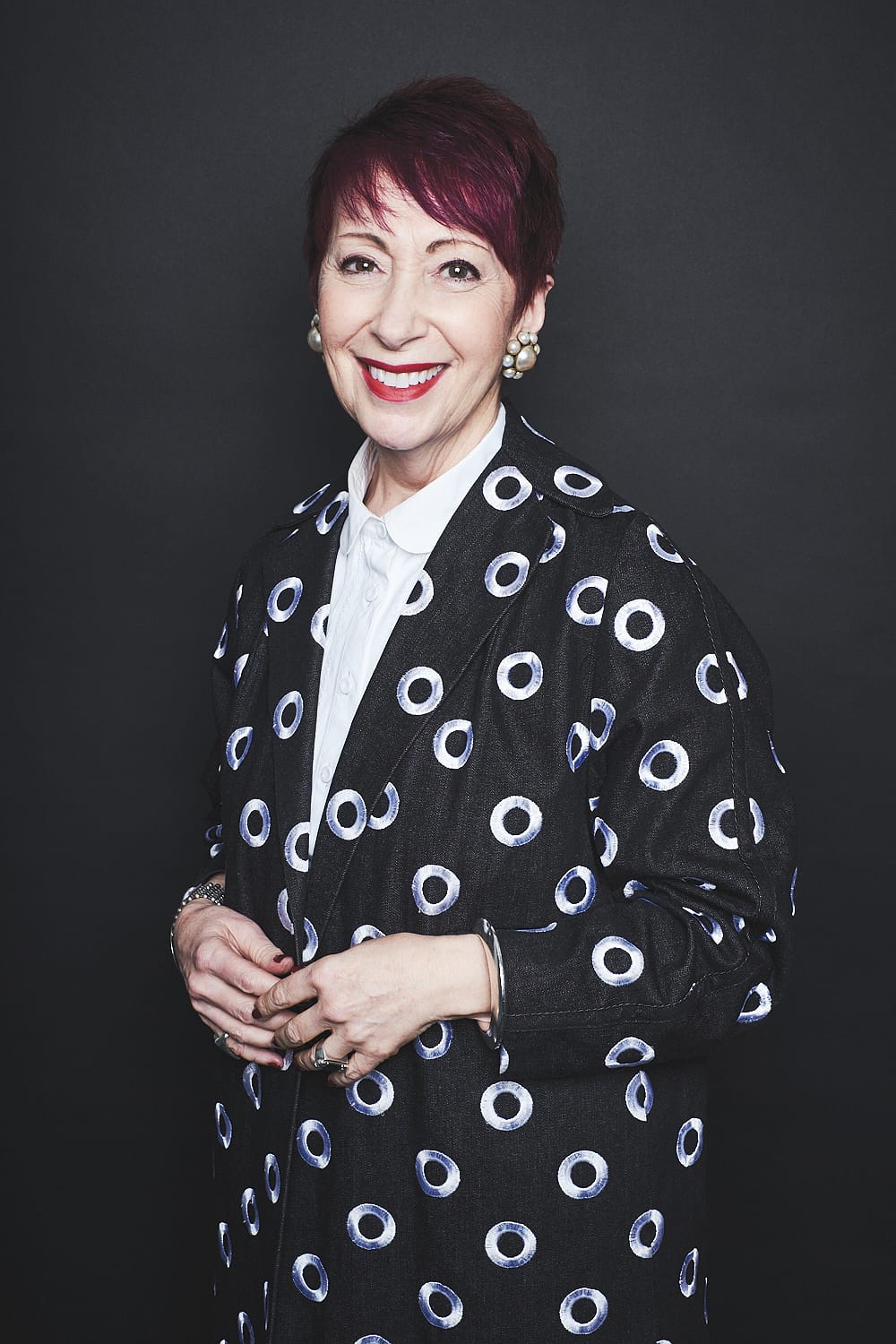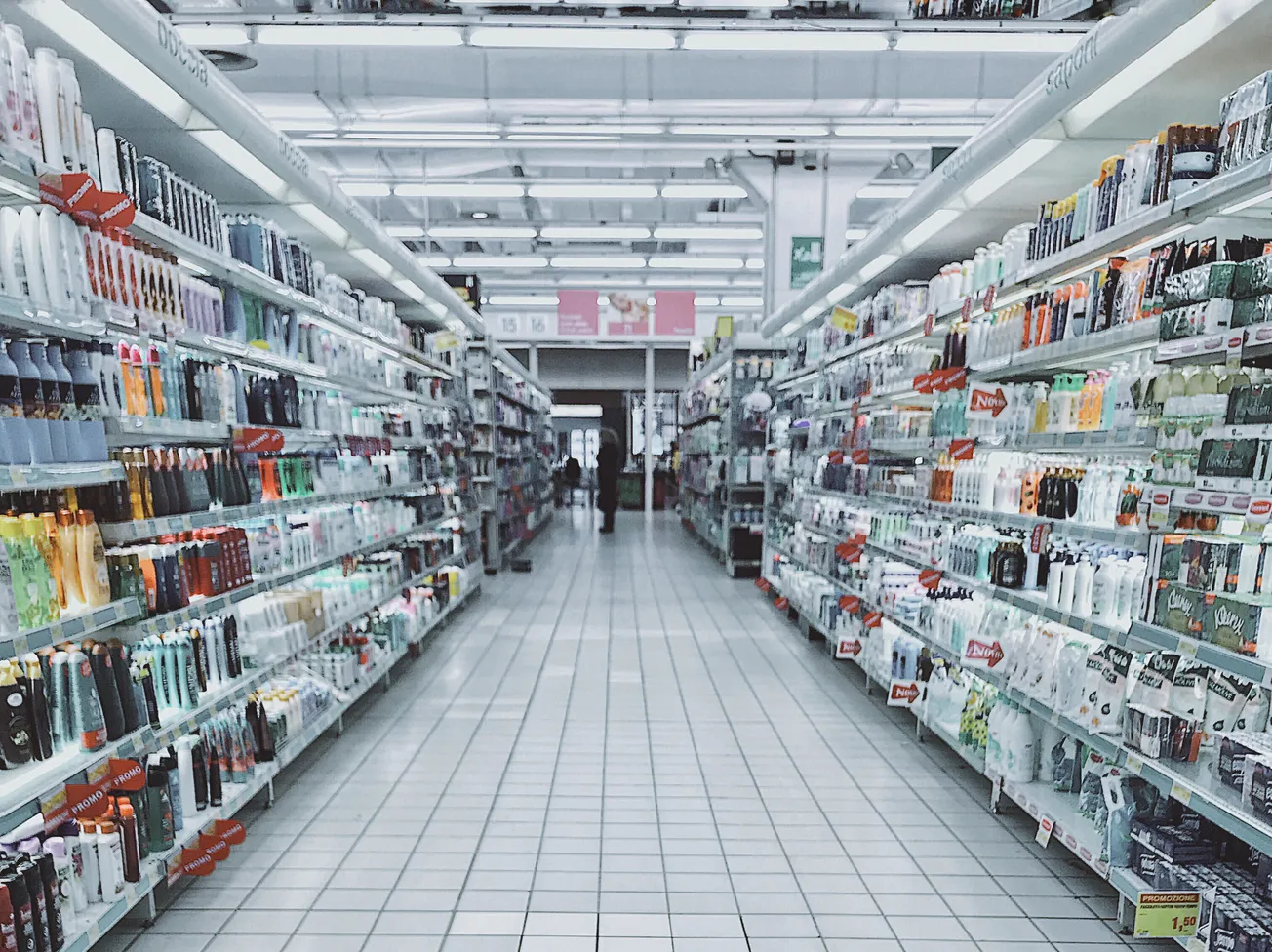
Wendy Liebmann
NEW YORK — I was in Trader Joe’s for the first time in a while. I don’t usually shop there because there’s not a store close to me.
What struck me was how the brand story has remained so relevant, so fresh, in spite of much new competition. It also struck me that in a world of retail sameness this Trader Joe’s provides lessons for all.
It’s evident the moment you walk in that this is not Whole Foods or Kroger or Publix or any retailer, grocery or otherwise. The message is clear and true. It’s executed through the edited selection that tantalizes and intrigues — from Middle Eastern zhoug to Blarney Scones. There are the colorful chalkboard signs created by artists, the brass bell the cashiers ring when they need assistance, and the old-fashioned wooden paddles they hold up to let you know a register is free. And the people — working and shopping — all have a certain Trader Joe’s je ne sais quoi.
This retailer perfectly balances the efficiency of everyday shopping with the adventure and delight of the “new” — all packaged in great value. It’s worth the money spent for the happiness delivered. And guess what? There is no obvious sign of digital in the mix. Which says to retailers and manufacturers alike, in any channel and any category, that the essence of success today is not about digital. Yes, digital is critical. However, it is the continued relevance; the clear focus on whom a company wants to engage with, wants to serve; and the consistent, reliable and trustworthy execution, that ensure uniqueness, value and ultimately success over the long haul.
Retailers are innovating faster than manufacturers
Unwilling to wait for manufacturers’ long lead times and traditional innovation models, many retailers are moving forward fast on their own. They recognize the urgency to address shoppers’ demands for new, innovative and differentiated solutions.
Target introduced a slew of shopper-inspired brands and new store experiences recently. Clothing brands Cat & Jack, A New Day, Goodfellow & Co, and Chip and Joanna Gaines’ Hearth & Home are just some. This is the Target strategy of old, but with an aggressive new push. In spring it announced a new men’s grooming department, with a focus on niche brands such as Harry’s, BYRD, Cremo and Beardbrand. This followed fast on the heels of new multicultural indie beauty brands, including The Lip Bar and Coloured Reine.
Niche brands are now driving growth, at least on a percentage basis, in many categories (beauty, health, fashion, food and home) for many retailers. Last year, CVS Pharmacy went mask mad with its exclusive K-Beauty offer. Walgreens has introduced CYO, designed specifically for young shoppers with most items priced below $6.
Walgreens is also piloting a new store format (17 stores in Gainesville, Fla.). It includes Walgreens Plus, a new take on its loyalty program; a much edited selection of SKUs to make the trip easier; an aisle with items priced at $1 to attract lower-income shoppers; digital options for “endless aisles” of goods no longer carried in-store; and more. The format is not a “store of the future” but rather a lab in which much will be tried (in plain sight), and much learned.
Dollar General and Aldi, darlings of the small-format retail space, continue to push change — the former with a downtown Millennial-focused format in Nashville; Raleigh, N.C.; and Philadelphia, the latter with improved offerings of fresh and organic produce and general merchandise surprises in the center store (mostly its own brand).
Evidently retailers have heard shoppers’ call to action and are moving fast. Manufacturers take heed.
Strange bedfellows enable change
There’s no faster way to leapfrog learning than by buying or partnering to gain expertise. Clearly that’s what Macy’s had in mind when it recently acquired Manhattan-based retailer Story, noted for its editorial approach to retail. Story’s small corner store in Chelsea offers up new themes and products every four to eight weeks. Themes have ranged from “Wellbeing” to “Home for the Holidays.” With founder Rachel Shechtman now in-house at Macy’s, we can assume the traditional retail calendar is a thing of the past.
In less tony territory, Ace Hardware is testing shops within supermarket chains, such as Giant Eagle. Albertsons is in the midst of acquiring Rite Aid in a bid to quickly enhance health and wellness in its grocery stores and healthy convenience food options in drug stores. Kohl’s aligned with Amazon to accept the online retailer’s returns, which quickly drove foot traffic in-store and solved a problem for shoppers.
It’s clear that “invented here” is no longer the fastest way to grow.
Shoppers expect to be dazzled … but you better be relevant
Nordstrom recently opened its first full-line men’s store on West 57th Street in New York City. Here, the shopper can get a shave, have his shoes shined, grab a beer at the Clubhouse, consult a personal stylist and have jeans customized at Levi’s Tailor Shop. In short, he can get a lot done in a trip. It’s a beautiful, uplifting, light-filled space, with lots of art dotted throughout. That said, it has a very specific (Manhattan) vibe. Not all men will be enticed to shop there. But that’s what it’s about: being brave enough to be relevant to a few and then dazzle the heck out of them.
“Cheap chic” fashion retailer Zara is wowing Londoners with a store that fully integrates online and in-store experiences. Hurried shoppers can buy and collect online orders in a dedicated space or use a self-checkout. Or they can linger and have fun with interactive mirrors that detect garments and curate full outfits.
Little efforts also make a big difference, as Korean beauty retailer Innisfree has proved in its initial U.S. store in Manhattan. To enchant its nature-focused shoppers, there’s a living plant wall, a map that shows the origins of product ingredients and a rewards program that gives points for recycling.
And Walmart.com has upgraded its online furniture department to offer a bright, contemporary selection that feels more like a specialty retailer than a big box. Now it has extended this to the rest of the site. Take a look. It’s now very un-Walmart-like.
“Relevant bedazzlement” is indeed a strategy for success.
Drug stores are leaving money on the table
Recently I needed durable medical equipment. My first thought was my drug store. Sadly, I couldn’t find what I needed there or anywhere in my neighborhood. I tried different drug chains, not only my usual. At best there was an end-cap with a few odds and ends (a couple of walking sticks, a portable commode, surgical gloves), none of which I needed. The hospital staff said they could order what I needed but it would take a few days. They recommended I buy from Amazon. I did. The selection was extensive, the prices were good and the delivery was fast. I was in unknown territory and Amazon saved the day.
(We wonder why Amazon is successful.)
Somewhere along the way drug stores seem to have given up on DME, at least in my neighborhood. My guess is that someone studied the changing demographics and current sales data and decided there was no need to carry things for older people. What they failed to understand was that, first, the neighborhood is still in transition, so there are lots of different ages living there. Second, DME is not only for older people; even in our New York City-area there are schools and sports fields where younger people have injuries. Third, while some of the equipment is bulky and hard to merchandise, that’s where the internet really works.
Excuse my frustration, but I hate missed opportunities. And I especially dislike it when it means not serving the needs of loyal customers and when money is left on the table.
Wendy Liebmann is CEO and chief shopper at WSL Strategic Retail, a New York City-based global consultancy that specializes in retail strategy and shopper insights, and publisher of How America Shops. To follow Wendy’s blog go to www.wslstrategicretail.com.









